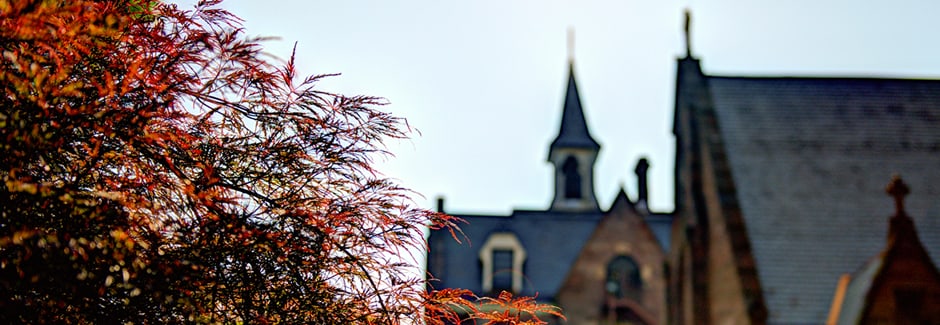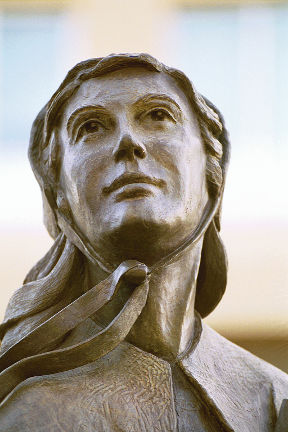
What Great Minds Can Do: Saint Elizabeth Ann Seton

She soon caught the eye of William Magee Seton, the scion of a New York financier and merchant. The couple wed in 1794 and set about creating a marriage rooted in their shared affection, wealth and social prestige. They counted Alexander Hamilton as a neighbor and hosted a ball for George Washington on his 65th birthday. Elizabeth soon became a devoted mother to five children.
Misfortune
There was no reason to think her future would be in any way different from her past. Yet the ensuing years brought a near-overdose of tragedy. Four years after her marriage, her world began to crumble. The unexpected death of her father-in-law revealed that the Seton family fortune was nearly exhausted. Her own father succumbed to yellow fever treating newly arrived immigrants at the city’s quarantine station on Staten Island. Her husband contracted tuberculosis while working to salvage his family’s shipping firm. He and Elizabeth embarked on a voyage to Italy in the hope of restoring his health. But in the end, it was little more than a rear-guard action; she could only watch as his life slowly ebbed away.
Conversion
These hardships, which would have laid low a lesser person, forged in Elizabeth a resolute faith, steely determination and unflinching self-reliance that would motivate her for the rest of her life. Though well acquainted with the Episcopalian faith, she was drawn to Catholicism after her husband’s death, saying, “I will go peaceably and firmly to the Catholic Church. For if faith is so important to our salvation, I will seek it where true faith first began — seek it among those who received it from God Himself.”
Her religious conversion estranged Elizabeth from her family and excluded her from high society. With five children younger than eight years of age, she managed a strained financial situation that made her dependent on the generosity of others. Though she sought to teach, rampant anti-Catholic prejudice in New York prevented her from starting a school.
Innovation
In 1808, she accepted the invitation of Sulpician priests to join them in Maryland. At the time, Maryland’s Catholic population was greater than 16,000, many of whom were landed gentry or belonged to an educated and prosperous middle class. And they desperately needed schools. Elizabeth soon established Saint Joseph’s Academy and Free School for the education of Catholic girls, marking the advent of the American parochial school system. Today there are more than 6,300 primary and secondary Catholic schools in the United States with a total enrollment of 1.8 million students.
At the same time, Elizabeth made her initial vows and set about establishing the first new community for women religious in the United States — the first Catholic community founded by and for Americans. Eighteen members of the Sisters of Charity of St. Joseph made their final vows in Emmitsburg, Maryland in 1813, with Mother Seton as foundress and superior. She led the order through its formative years until her death from tuberculosis in 1821.
Influence
Mother Seton’s enduring legacy includes six religious communities with more than 5,000 members, as well as hundreds of schools, social service centers and hospitals around the world that were founded by the Sisters of Charity. Pope Paul VI canonized her in 1975, making her the first American-born saint.
The life of Saint Elizabeth Ann Seton encompasses the full range of human experience. She was a member of New York high society, a loving wife and mother, an educational innovator, a spiritual leader and a model of holiness for generations of Catholics. Elizabeth’s legacy prompted her nephew, James Roosevelt Bayley, to embrace Catholicism. And in turn, Bishop Bayley named his beloved Catholic university in honor of his aunt.
Today Seton Hall stands as a testament to Mother Seton’s tremendous grit and trailblazing spirit. She is the University’s patroness and intercessor, always encouraging her namesake institution to adhere to the Seton family motto: Hazard Zet Forward — No matter the risk, move forward!
